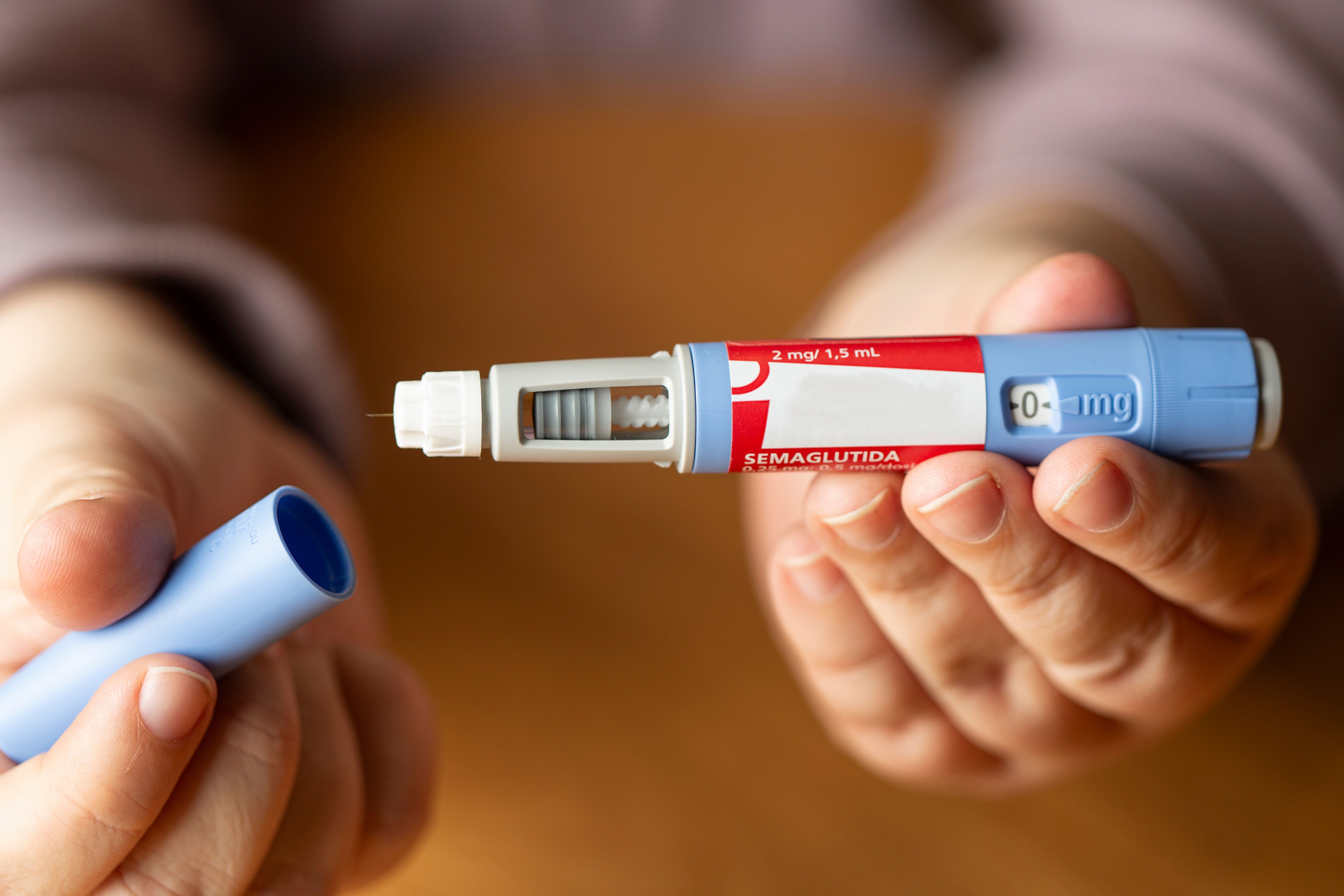Commentary
Article
Wealth and Weight Loss: More Cost-Effective Than GLP-1 Agonists, Established Medications Can Address Inequities in the Obesity Epidemic
Author(s):
Ensuring broad access to weight management solutions is vital for addressing entrenched health inequities, improving health outcomes, and reducing individual and societal health costs.
Tackling the obesity epidemic and helping as many individuals as possible access treatment can only happen if we deploy all the tools in our toolbox—even those that aren’t currently top trending social media hashtags. Although the benefits of glucagon-like peptide (GLP)-1 agonist injectable medications are compelling, one might think that these are the only medications that are effective in treating obesity and that their high costs are justified. In reality, other effective FDA-approved anti-obesity medications (AOMs) have been available for more than a decade. To ignore them would be at our own health and financial peril.
Image credit: © Fernanda | stock.adobe.com

The obesity crisis remains underfunded and undertreated, despite its significant societal impact. Insurance coverage for AOMs and weight management interventions fall short compared with other health priorities, such as childhood vaccinations and cancer screenings. The absence of a comprehensive public health approach means insurers are not mandated to cover AOMs, leaving patients to bear the financial burden. This is especially troubling given that those with low socioeconomic status, particularly women, are the demographic with the highest prevalence of obesity. The inequities and barriers to care worsen with the high cost of recently approved GLP-1 agonist medications, priced at around $12,000 annually.1
Fortunately, these barriers are not insurmountable, and they can be overcome if we take a more expansive approach to selecting AOMs — one that includes established oral medications as well as high-profile GLP-1 agonists. Phentermine has been used effectively as a weight loss medication since 1959, and other oral AOMs, including phentermine/topiramate (Qsymia; Vivus), bupropion/naltrexone (Contrave; Currax), and orlistat (Xenical; CheplaPharm and H2 Pharma) have more than a decade of safety and efficacy data to support their use in helping individuals achieve and maintain healthy weight goals.1
With multiple FDA-approved AOMs, physicians and patients theoretically have a variety of options for designing tailored regimens that meet individual needs. However, given the lack of insurance coverage for these medications, the reality is that patients’ financial status may limit access to care. This limitation can be overcome by considering cost when selecting among AOMs that have all been shown to provide effective weight loss. The chronic nature of obesity and the need for long-term weight management therapy further underscore the need to consider cost-effectiveness when choosing AOM therapy, especially in the first line of treatment. Opting for lower-cost options first may help patients pursue healthy weight goals economically, with the flexibility to switch to pricier alternatives if needed. Moreover, cost-effective oral AOMs can be effective for post-bariatric surgery, GLP-1 agonist non-responders, or for maintenance after use of a GLP-1 agonist.1
A recent analysis by the Institute for Clinical and Economic Review found that the GLP-1 agonists liraglutide (Saxenda; Novo Nordisk) and semaglutide (Wegovy, Novo Nordisk) are not cost-effective at their current prices, nor is bupropion/naltrexone.1 However, this analysis found that phentermine/topiramate (Qsymia) is cost-effective at its current post-rebate/discount cost of about $1400 per year.1 Furthermore, phentermine/topiramate is an oral medication, which may also reduce barriers for patients who prefer not to take an injected medication.
Beyond costs savings for individuals, an analysis from the University of Southern California (USC) Schaeffer Center for Health Policy & Economics estimates that Medicare coverage of the GLP-1 agonists would provide nearly $1 trillion in societal value over 10 years through reduced health care spending and quality of life improvements from reduced disability and pain.1 These savings would likely be increased if more cost-effective options such as phentermine/topiramate are used as initial therapy before more expensive GLP-1 agonists (which, according to KFF, have an estimated annual Medicare cost of $13 to $26 billion3). Additional benefits to covering obesity medications noted in the USC study include reducing the prevalence of obesity in the Medicare population by 53%; reducing the incidence of diabetes, hypertension, and heart disease; and reducing health disparities.2
Ensuring broad access to weight management solutions is vital for addressing entrenched health inequities, improving health outcomes, and reducing individual and societal health costs. Physicians and patients should prioritize clinical evidence and cost-effectiveness data over media-driven narratives when planning weight loss strategies. Making use of cost-effective AOMs is essential for addressing the obesity epidemic without breaking the bank.





